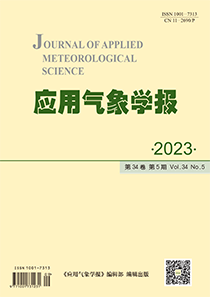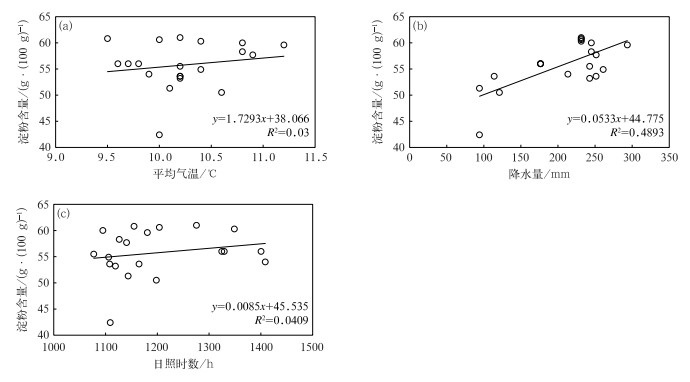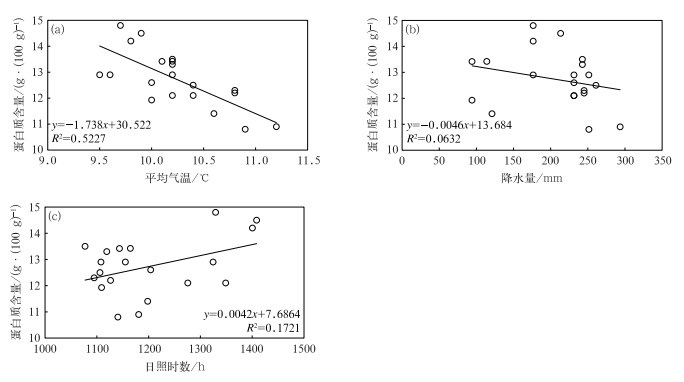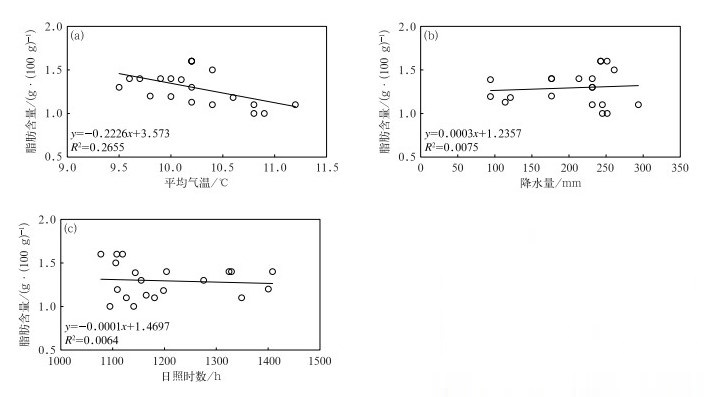|
[1]
|
Jin S B. Chinese Wheat Science. Beijing: China Agriculture Press, 1996.
|
|
[2]
|
National Bureau of Statistics of China. China Statistical Yearbook. Beijing: China Statistics Press, 2022.
|
|
[3]
|
FAO(Food and Agricultural Organization of the United Nations). FAOSTAT, 2019.
|
|
[4]
|
Climate Change Center of China Meteorological Administration. Blue Book on Climate Change in China 2020. Beijing: Science Press, 2020.
|
|
[5]
|
IPCC(Intergovermental Panel on Climate Change). Summary for Policymakers, 2018.
|
|
[6]
|
IPCC. Climate Change: The Physical Science Basis, 2021.
|
|
[7]
|
Wang C Z, Huo Z G, Guo A H, et al. Climatic risk assessment of winter wheat aphids in northern China. J Appl Meteor Sci, 2021, 32(2): 160-174. doi: 10.11898/1001-7313.20210203 |
|
[8]
|
Ren S X, Zhao H R, Qi Y, et al. The outbreak and damage of the Pleonomus canaliculatus in wheat field under the background of climate change. J Appl Meteor Sci, 2020, 31(5): 620-630. doi: 10.11898/1001-7313.20200509 |
|
[9]
|
Mi Q C, Gao X N, Li Y, et al. Application of deep learning method to drought prediction. J Appl Meteor Sci, 2022, 33(1): 104-114. doi: 10.11898/1001-7313.20220109 |
|
[10]
|
|
|
[11]
|
Zhao H, Dai Y B, Jiang D, et al. Effect of drought and waterlogging on flag leaf post-anthesis photosynthetic characteristics and assimilates traslocation in winter wheat under high temperature. Chinese J Appl Ecol, 2007, 18(2): 333-338. https://www.cnki.com.cn/Article/CJFDTOTAL-YYSB200702016.htm |
|
[12]
|
|
|
[13]
|
Shang Y, Huo Z G, Zhang L, et al. Effects of soil relative humidity on the occurrence of dry hot wind disaster in winter wheat. J Appl Meteor Sci, 2019, 30(5): 598-607. doi: 10.11898/1001-7313.20190508 |
|
[14]
|
Huo Z G, Shang Y, Wu D R, et al. Advance on dry hot wind disaster of wheat in China. J Appl Meteor Sci, 2019, 30(2): 129-141. doi: 10.11898/1001-7313.20190201 |
|
[15]
|
Yang F Y, Zheng Q H, Luo J M, et al. Practical Agrometeorological Indicators. Beijing: China Meteorological Press, 2015.
|
|
[16]
|
Liu W, Song Y B. A daily meteorological impact index of maize yield based on weather elements. J Appl Meteor Sci, 2022, 33(3): 364-374. doi: 10.11898/1001-7313.20220310 |
|
[17]
|
|
|
[18]
|
Chen Y Y, Wang P J, Zhang Y D, et al. Comparison of drought recognition of spring maize in Northeast China based on 3 remote sensing indices. J Appl Meteor Sci, 2022, 33(4): 466-476. doi: 10.11898/1001-7313.20220407 |
|
[19]
|
Guo J P. Advances in impacts of climate change on agriculture production in China. J Appl Meteor Sci, 2015, 26(1): 1-11. doi: 10.11898/1001-7313.20150101 |
|
[20]
|
Song Y L, Zhou G S, Guo J P, et al. Freezing injury of winter wheat in northern China and delaying sowing date to adapt. J Appl Meteor Sci, 2022, 33(4): 454-465. doi: 10.11898/1001-7313.20220406 |
|
[21]
|
|
|
[22]
|
|
|
[23]
|
Song Y L, Wang J L. The Assessment of Influence of Agro-Meteorological Disasters on Agriculture under Climate Change in China. Beijing: China Meteorological Press, 2017.
|
|
[24]
|
Tao F L, Zhang S, Zhang Z. Spatiotemporal changes of wheat phenology in China under the effects of temperature, day length and cultivar thermal characteristics. European Journal of Agronomy, 2012, 43: 201-212.
|
|
[25]
|
Xiao D P, Tao F L, Liu Y J, et al. Observed changes in winter wheat phenology in the North China Plain for 1981-2009. International Journal of Biometeorology, 2013, 57(2): 275-285.
|
|
[26]
|
You L Z, Rosegrant M W, Wood S, et al. Impact of growing season temperature on wheat productivity in China. Agricultural and Forest Meteorology, 2009, 149: 1009-1014.
|
|
[27]
|
Asseng S, Ewert F, Mertre P, et al. Rising temperatures reduce global wheat production. Nature Climate Changes, 2015, 5(2): 143-147.
|
|
[28]
|
Liu B, Tian L Y. Post-heading heat stress and yield impact in winter wheat of China. Global Change Biology, 2014, 20(2): 372-381.
|
|
[29]
|
Yang X G, Sun S, Zhao J, et al. Climate change impacts on wheat production in North China. Beijing: China Meteorological Press, 2021.
|
|
[30]
|
|
|
[31]
|
China Meteorological Administration. Agricultural Meteorological Observations(Volume Ⅰ). Beijing: China Meteorological Press, 1993.
|
|
[32]
|
GB5009.5—2016.2016. National Health Commission of the People's Republic of China, National Medical Products Administration. National Standard of the People's Republic of China, National Food Safety Standards-determination of Protein in Foods. GB5009.5-2016.2016.
|
|
[33]
|
GB5009.6—2016.2016. National Health Commission of the People's Republic of China, National Medical Products Administration. National Standard of the People's Republic of China, National Food Safety Standards-determination of Fat in Foods. GB5009.6-2016.2016.
|
|
[34]
|
|
|
[35]
|
Song Y L, Wang C Y, Linderholm H W, et al. The negative impact of increasing temperatures on rice yields in southern China. Science of the Total Environment, 2022, 820. DOI: 10.1016/j.scitotenv.2022.153262. |
|
[36]
|
|





 DownLoad:
DownLoad:






